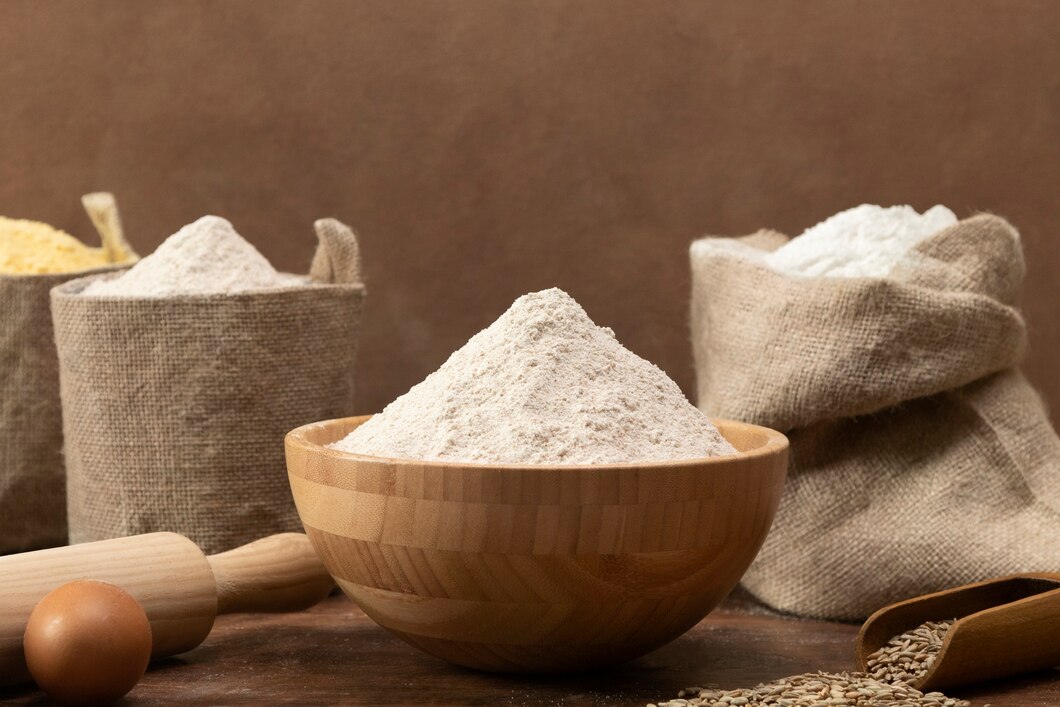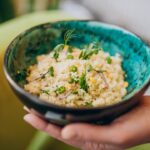Embracing a gluten-free lifestyle doesn’t mean sacrificing taste and variety in your diet. With a multitude of alternative grains and ingredients available, there are endless possibilities for creating delicious and satisfying meals without wheat. Here are five versatile foods you can substitute for wheat in gluten-free recipes:
Quinoa:
- Known as an ancient grain, quinoa is a nutritional powerhouse packed with protein, fiber, and essential vitamins and minerals.
- Its nutty flavor and slightly chewy texture make it an excellent substitute for wheat in dishes like salads, pilafs, and grain bowls.
- Quinoa flour can also be used in baking for gluten-free bread, muffins, and pancakes, providing a nutritious boost to your baked goods.
Almond Flour:
- Made from finely ground blanched almonds, almond flour adds a rich, nutty flavor and moist texture to gluten-free recipes.
- It’s high in protein, healthy fats, and antioxidants, making it a nutritious wheat substitute.
- Almond flour is ideal for baking cookies, cakes, and pie crusts, providing a delicious alternative for those with gluten sensitivities.
Coconut Flour:
- Derived from dried coconut meat, coconut flour is a gluten-free option that’s high in fiber and low in carbohydrates.
- Its subtle coconut flavor adds a tropical twist to recipes, making it perfect for baked goods like muffins, pancakes, and bread.
- Coconut flour absorbs liquid differently than wheat flour, so it’s essential to adjust the ratio of wet and dry ingredients accordingly when using it in recipes.
Buckwheat:
- Despite its name, buckwheat is not related to wheat and is naturally gluten-free.
- Buckwheat flour has a robust, earthy flavor and is rich in nutrients like protein, fiber, and minerals.
- Use buckwheat flour in gluten-free pancakes, waffles, and crepes for a hearty and wholesome alternative to traditional wheat-based breakfasts.
Tapioca Starch:
- Tapioca starch, also known as tapioca flour, is extracted from the cassava root and is a popular gluten-free thickener and binder.
- It has a neutral flavor and creates a light and airy texture in baked goods like bread, cakes, and cookies.
- Tapioca starch can also be used to thicken sauces, soups, and gravies, providing a smooth and glossy finish without gluten.
By incorporating these versatile wheat substitutes into your gluten-free kitchen, you can expand your culinary repertoire and enjoy a diverse range of flavorful and nutritious meals. Experiment with different combinations and recipes to discover the endless possibilities of gluten-free cooking. Whether you’re baking bread, making pancakes, or cooking up a savory dish, these wheat alternatives are sure to elevate your gluten-free culinary creations.








